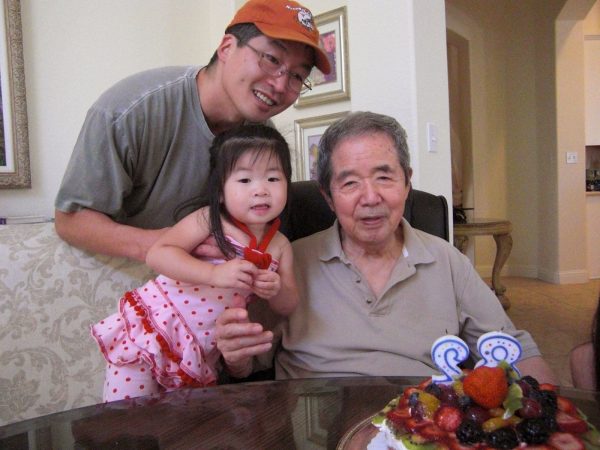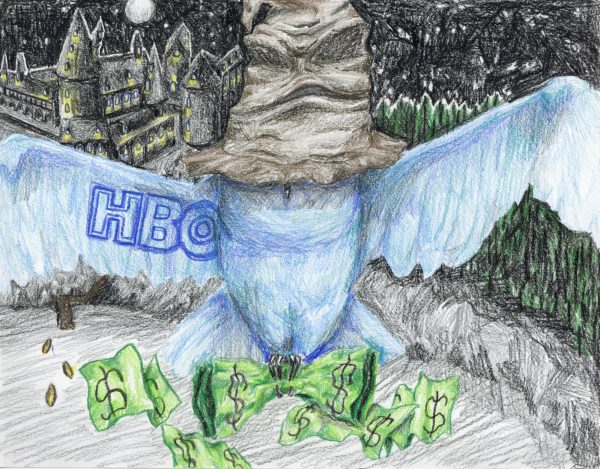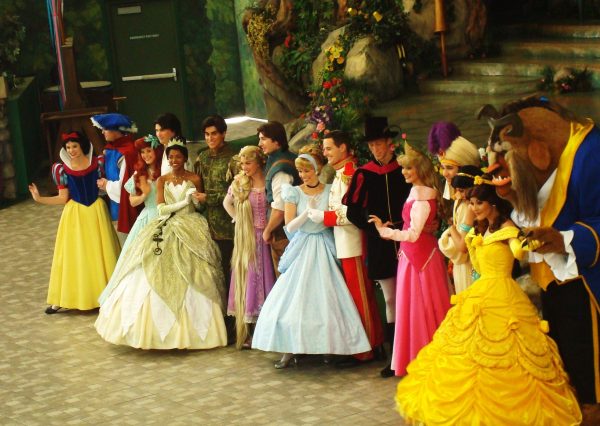How to Get Away With Murder brings representation to the small screen
How to Get Away With Murder is the most important show on television.
This claim has many reasons — for one, Viola Davis alone is a reason to keep watching. Davis is a class act, and performs something of a magic trick with every scene she touches. Any solo scene with Davis instantly becomes the best part of the episode — that’s how good she is. Whether Davis as Annalise Keating is tearing apart her latest victim in court or crying alone in her bedroom, no scene is less riveting than any other. Davis has the talent and prowess to make each scene something dynamic and unique. The best part, by far, is that Davis’ character is so complicated and deeply flawed — she’s certainly not a good person by any means, but we root for her all the same. Annalise will be crying one scene and yelling the next, and it’s that character complexity, so similar to our real lives, that keeps us coming back for more.
We are all unique and complicated individuals, with emotions that shift and change from scene to scene of our lives. Often, TV falls into the trap of making characters one dimensional — the strong ones are always strong, the weak ones always weak. The thing is, life itself isn’t that way, and so one dimensional characters isolate audiences from relating to and loving a show’s characters. How to Get Away With Murder wins because it manages to make every single character multifaceted, not just Annalise Keating.
The show is the most important one on television because it is boundary-breaking, not only in that it allows its main character (a woman of color) to make mistakes, but in its excess of diversity. The main cast features four main characters of color, all in roles of power and leadership, a gay man in an actual realistic relationship, and multiple characters both above and below the poverty line. This explosion of color, of representation, isn’t an accident, and it doesn’t go unnoticed. It means something to people, and it means something to me.
How to Get Away With Murder is changing the world. Call me crazy, or say I’m over exaggerating its effects, but for the first time, the underrepresented are able to look at a TV show and see characters who look like themselves, not in the background or tacked on one-dimensionally, but behaving in all of the complicated, moving and riveting ways that white, straight characters have been behaving on television since the beginning of time.
When you grow up seeing characters who don’t look like you, don’t act like you, don’t even love like you do on television, you feel alone. Having characters that you relate to, characters that you fall in love with, is how we begin to understand and discover ourselves. The lack of that is a lonely feeling — one that gets painfully internalized over the years by causing you to believe that something must be wrong with you. I can tell you exactly why, from first-hand experience, the LGBTQA+ community desperately searches for characters like them, and it’s because we’re looking for hope. It is so rare to see ourselves even just exist on TV, much less in control of our own destinies, or receiving a happy ending. Shows like HTGAWM do that in excess, normalizing our stories and educating others.
It may be just a TV show, but it’s never “just a TV show.” Broadcast media — primetime shows like HTGAWM — influence public opinion. By normalizing these narratives, they foreshadow what is to come — and I, for one, can’t wait.





